Rising Energy Costs
The increasing cost of energy is a prominent driver in the Residential Furnace Market. As energy prices continue to rise, homeowners are compelled to seek more efficient heating solutions. This trend has led to a growing demand for high-efficiency furnaces that can reduce energy consumption and lower utility bills. According to recent data, energy costs have surged by approximately 20% over the past five years, prompting consumers to invest in advanced heating technologies. Consequently, manufacturers are focusing on developing furnaces that not only meet regulatory standards but also offer enhanced energy efficiency. This shift towards energy-efficient models is likely to shape the future landscape of the Residential Furnace Market, as consumers prioritize cost savings and environmental sustainability.
Technological Innovations
Technological innovations are a driving force in the Residential Furnace Market. The advent of smart home technology has revolutionized how consumers interact with their heating systems. Modern furnaces now come equipped with advanced features such as Wi-Fi connectivity, allowing homeowners to control their heating remotely. This integration of technology enhances user convenience and energy management, appealing to a tech-savvy consumer base. Furthermore, innovations in furnace design and materials have led to improved efficiency and performance. For example, variable-speed blowers and modulating gas valves are becoming standard in new models, contributing to better temperature control and reduced energy consumption. As these technologies continue to evolve, they are likely to attract more consumers to the Residential Furnace Market, driving growth and competition among manufacturers.
Regulatory Compliance and Standards
Regulatory compliance plays a crucial role in shaping the Residential Furnace Market. Governments worldwide are implementing stricter regulations aimed at reducing greenhouse gas emissions and improving energy efficiency. For instance, the introduction of new efficiency standards has compelled manufacturers to innovate and produce furnaces that meet these requirements. The U.S. Department of Energy has set ambitious targets for energy efficiency, which has led to a significant transformation in the market. As a result, consumers are increasingly inclined to purchase furnaces that comply with these regulations, thereby driving demand for compliant products. This regulatory landscape not only influences consumer choices but also encourages manufacturers to invest in research and development, ultimately fostering a more sustainable Residential Furnace Market.
Demographic Shifts and Housing Trends
Demographic shifts and changing housing trends are pivotal factors in the Residential Furnace Market. As populations grow and urban areas expand, there is an increasing demand for residential heating solutions. Younger generations, particularly millennials, are entering the housing market and are more inclined to invest in energy-efficient and technologically advanced heating systems. Additionally, the trend towards smaller, more energy-efficient homes is influencing the types of furnaces that are in demand. According to recent data, the construction of new homes has seen a rise in energy-efficient designs, which often require modern heating solutions. This demographic shift not only impacts consumer preferences but also encourages manufacturers to adapt their offerings to align with the evolving market landscape. As a result, the Residential Furnace Market is likely to experience sustained growth driven by these demographic and housing trends.
Increased Focus on Indoor Air Quality
The growing awareness of indoor air quality is significantly influencing the Residential Furnace Market. Homeowners are increasingly concerned about the health implications of poor air quality, which has led to a demand for furnaces that incorporate advanced filtration systems. These systems not only improve heating efficiency but also enhance the overall air quality within homes. According to recent studies, a significant percentage of households are now prioritizing air quality when selecting heating systems. This trend has prompted manufacturers to develop furnaces that feature HEPA filters and other air purification technologies. As consumers become more health-conscious, the emphasis on indoor air quality is expected to drive innovation and growth within the Residential Furnace Market, as companies strive to meet these evolving consumer needs.


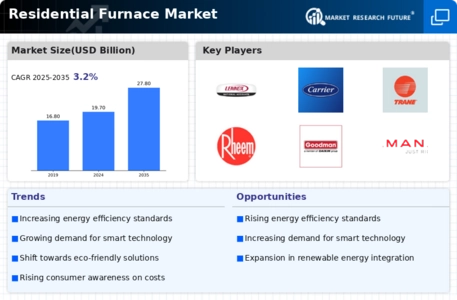
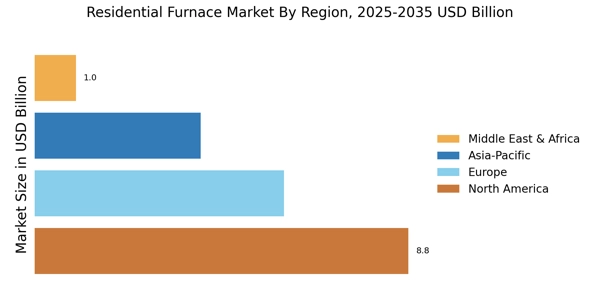
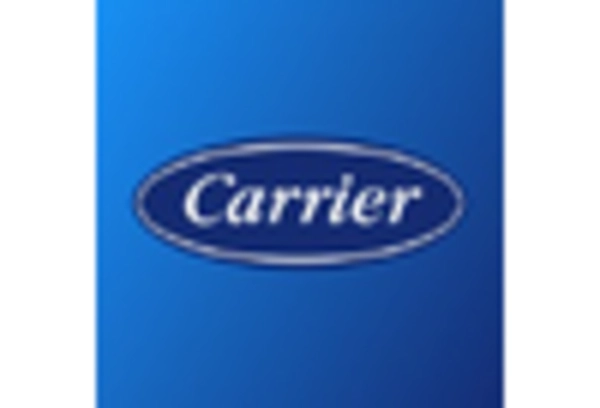
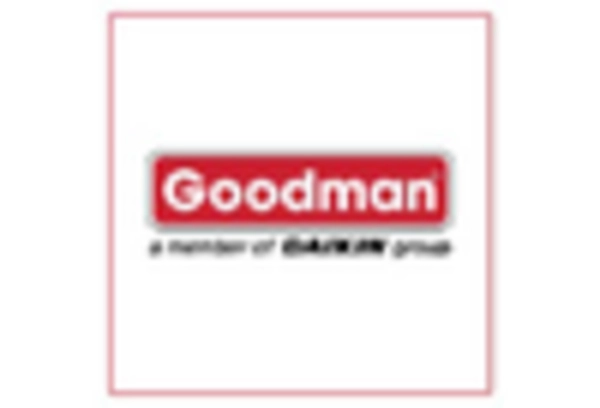
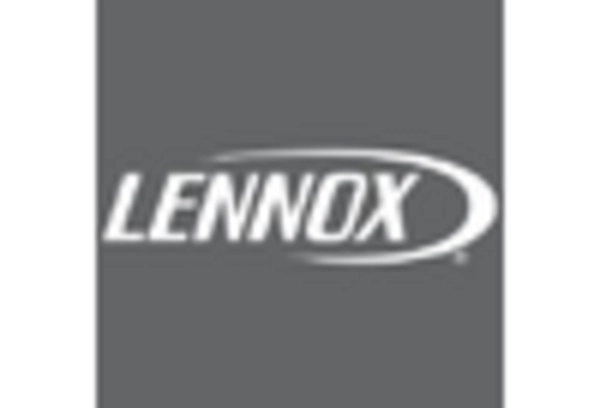
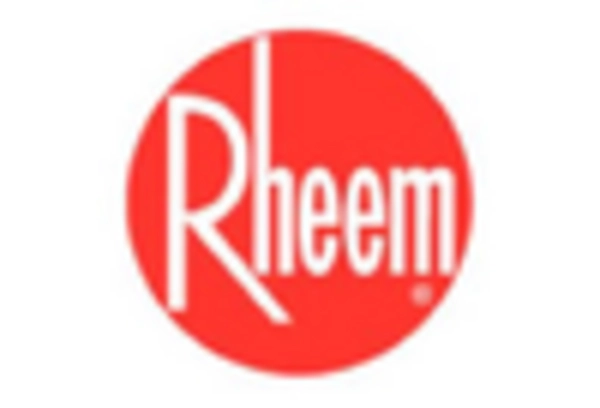
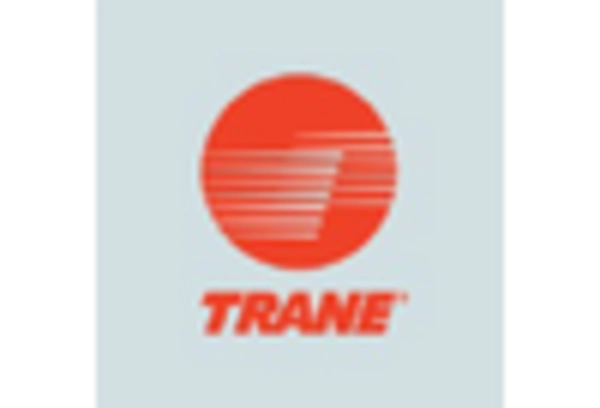
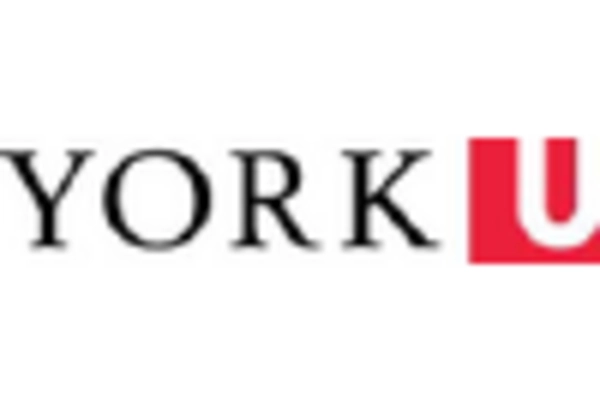








Leave a Comment